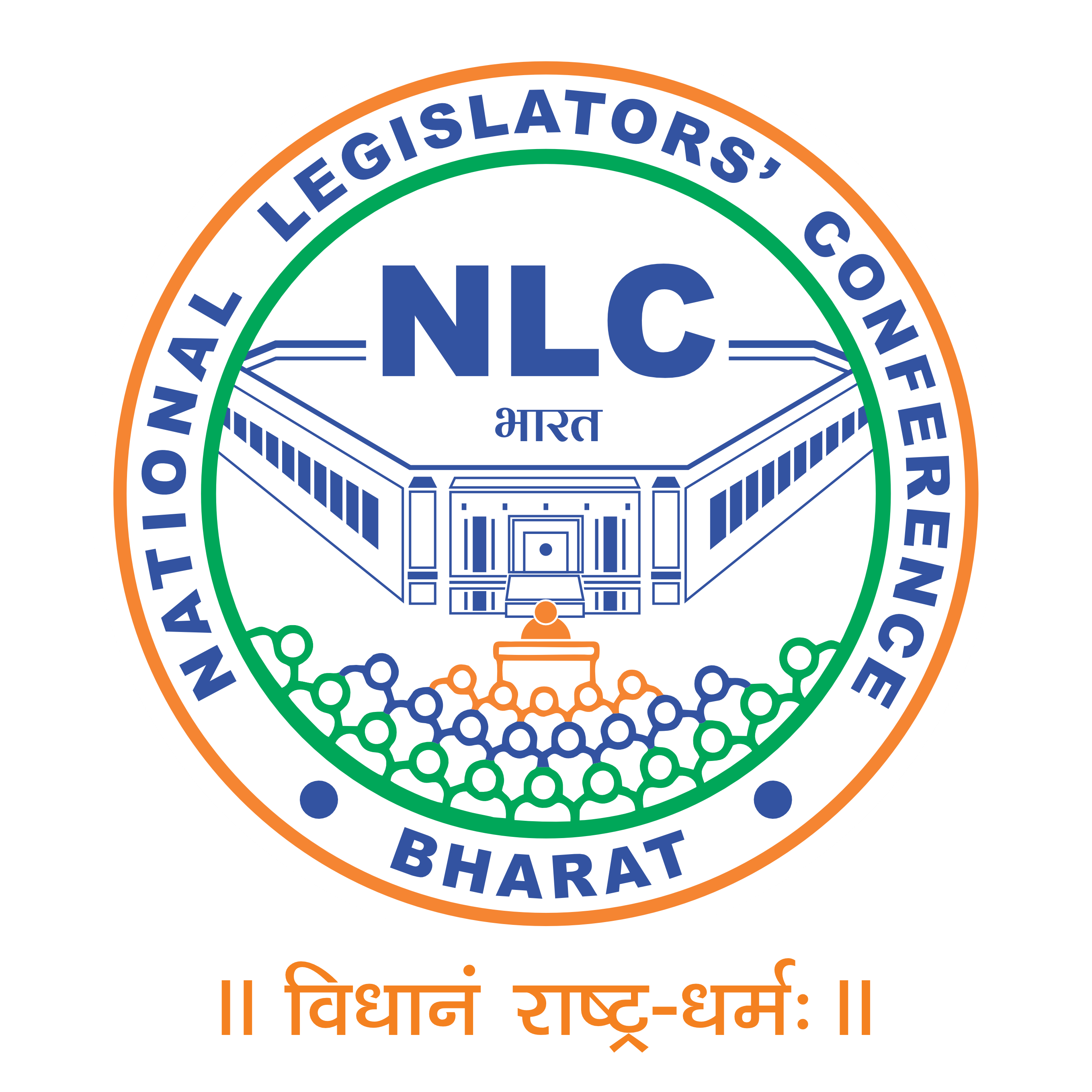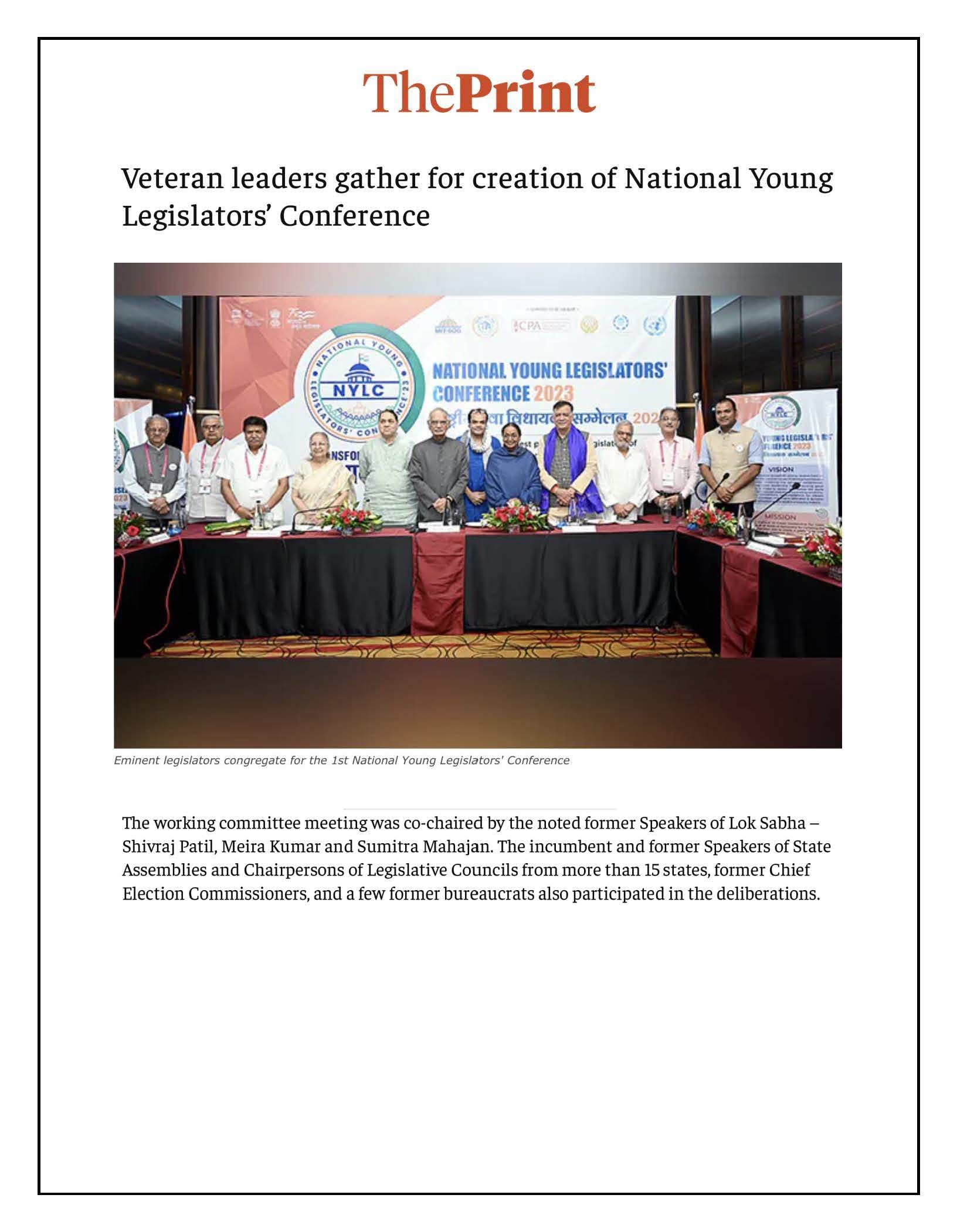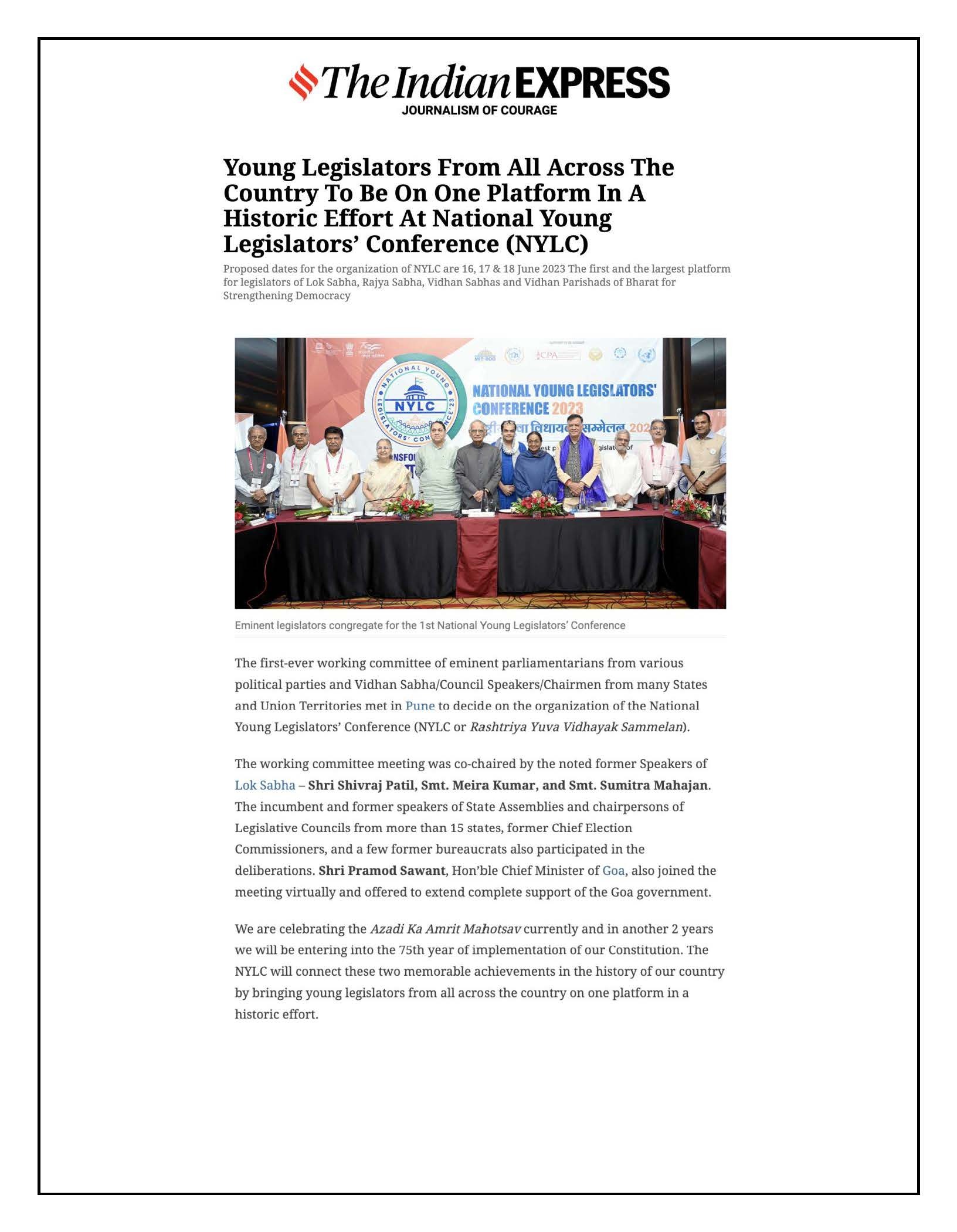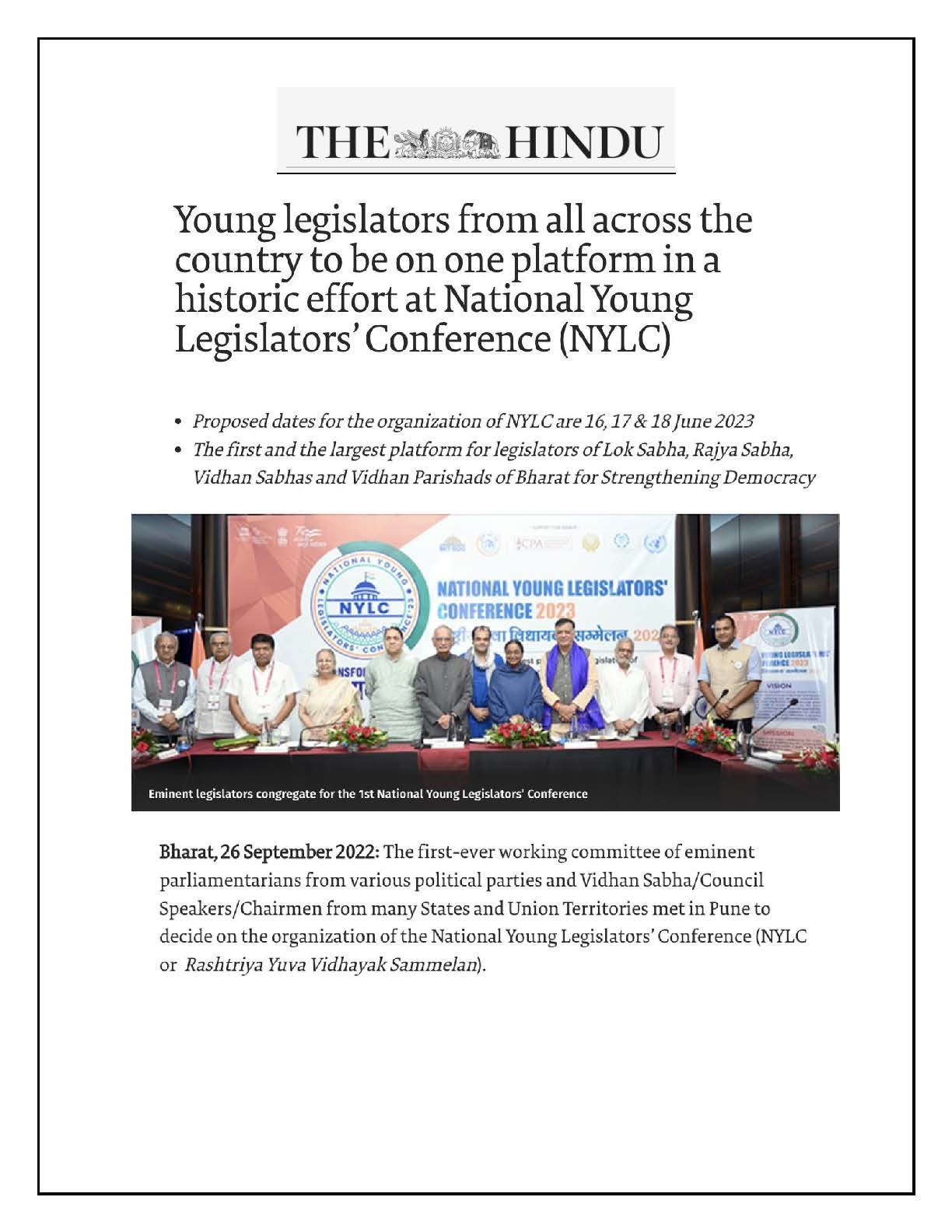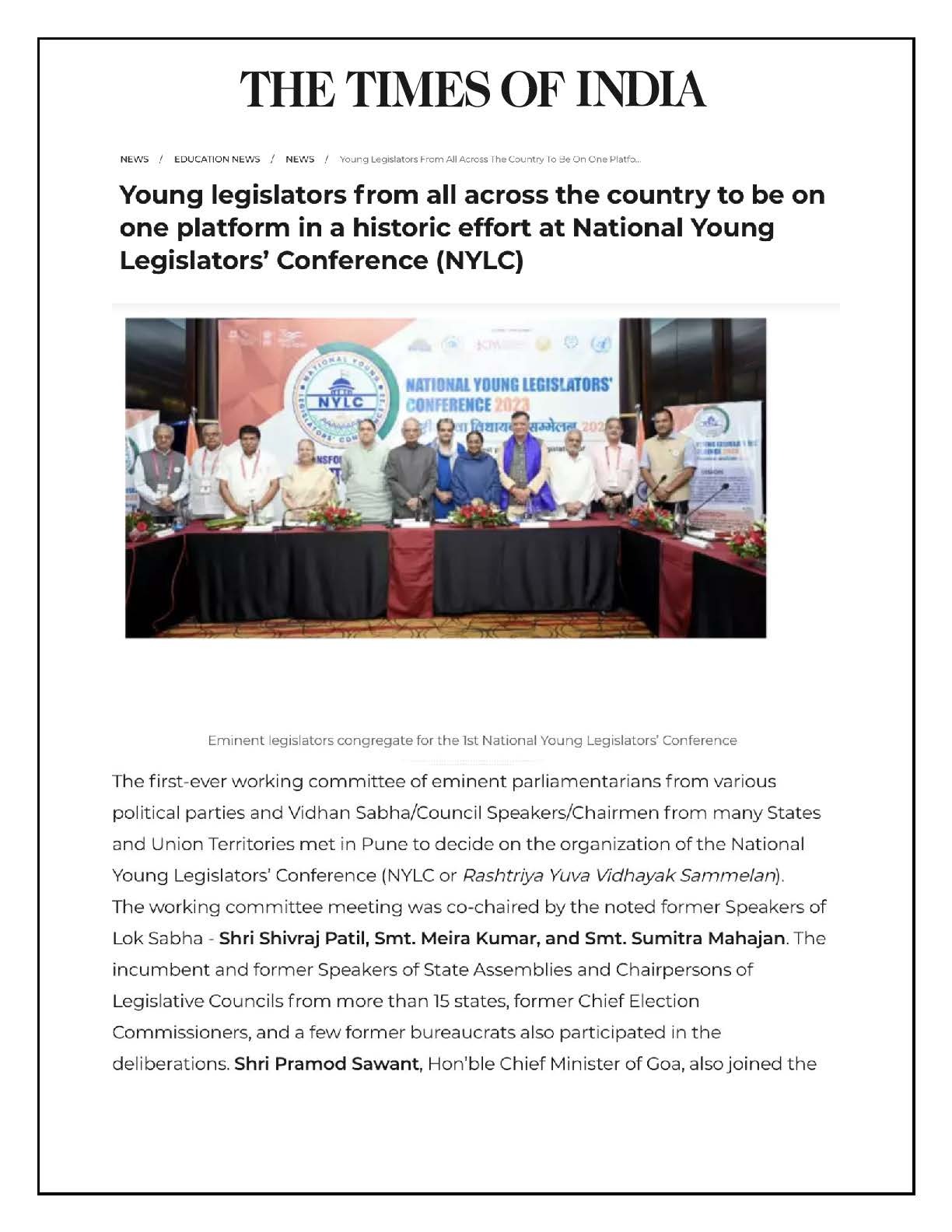In India, the tradition of naming and renaming places has a long history. During the British colonial era, they renamed places like Kochi into Cochin and transformed Kolkata to Calcutta as a demonstration of their influence, through urban planning. Similarly, Serampore was part of Danish India under the name Frederick Nagore from 1755 to 1845. In recent years, India has seen numerous changes in city and street names. Regarding the legal process, Article 3 of the Constitution outlines the procedure for altering state boundaries or names. The process for renaming cities aligns with that of renaming states, with no specific Constitutional provision addressing city name changes, this authority rests with State Legislation.
Notable recent changes include:
Talking about the state’s name-changing history, in 1956, the state of Kerala was formed by amalgamation of Travancore, Cochin as well as the malabar region of the Madras Presidency, recently Kerala Assembly unanimously passed a resolution to change the official name of the State to ‘Keralam’ (pending). Similar instances include the reorganization of Madhya Bharat into Madhya Pradesh in 1956; also the renaming of the Madras State to the State of Tamil Nadu in 1969, Mysore State to the State of Karnataka in 1973, and of Uttaranchal to Uttarakhand in 2007.
On the other hand, at the interstate level, many regions of India saw name-changing scenarios such as,
- Gurgaon to Gurugram: In 2016, Gurgaon became Gurugram, inspired by the legend of Guru Dronacharya’s connection to the area.
- Allahabad to Prayagraj: In 2018, Allahabad was renamed Prayagraj, signifying its historical significance as the confluence of the Ganga, Yamuna, and Saraswati rivers.
- Bangalore to Bengaluru: In 2014, Bengaluru was chosen to honor its historical significance as the “City of Guards” from a war fought in 890 CE.
- Bombay to Mumbai: In 1996, Bombay was transformed into Mumbai, derived from the mythological entity ‘Mumba’ or ‘Maha Amba.’
- Aurangabad to Chhatrapati Sambhaji Nagar: In 2023, Aurangabad became Chatrapati Sambhaji Nagar, honoring Sambhaji, the son of Maratha king Shivaji.
- Osmanabad to Dharashiv: Also in 2023, Osmanabad was renamed Dharashiv, drawing inspiration from nearby sixth-century caves.

Most importantly on a national level, dinner invites sent by Indian President Smt. Droupadi Murmu on the sidelines of the G20 summit referred to her designation as “President of Bharat”, which eventually stirred speculation that the governments intended to change the country’s name from India to Bharat.
One of the reasons for renaming places in India was to correct the anglicized or distorted spellings of the original names that were imposed by the British/other foreign rulers. These changes aimed to restore the native pronunciation and meaning of the names that were lost or altered over time. Another reason for renaming places in India was to assert the linguistic and cultural identity of the regions and communities that inhabited them. An important reason for renaming places in India was to honor the historical, religious, or political significance of certain figures or events associated with them. Some places also changed their names to pay tribute to national leaders or freedom fighters, such as Rajiv Chowk from Connaught Place in 1995, Indira Gandhi International Airport from Palam Airport in 1986, Chhatrapati Shivaji Maharaj Terminus from Victoria Terminus in March 1996 and Netaji Subhas Chandra Bose International Airport from Dum Dum Airport in 1995.
It is true that reshaping colonial history and preserving our culture is the need of the hour. Notwithstanding, renaming places in India is a nuanced process, involving careful consideration of linguistic, cultural, and historical factors. While respecting public sentiments, it’s crucial to navigate the practical and legal aspects, ultimately aiming for national unity and harmony.


